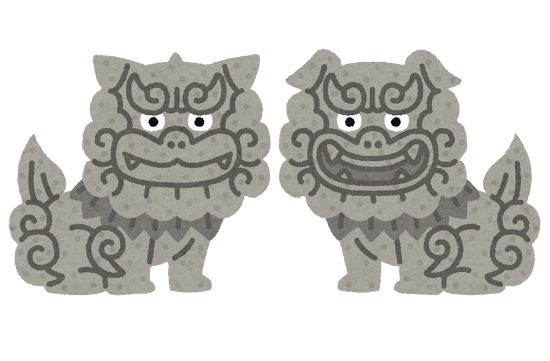Hello everyone!
It is the blog How Unique Japan, spreading the features of the country!
Today, we would love to talk about the shrines again.
(If you have not read the article about the shrines and Shintoism, click here!)
Have you seen two guardian dogs at the entrance of shrines staring at every visitor from both sides?
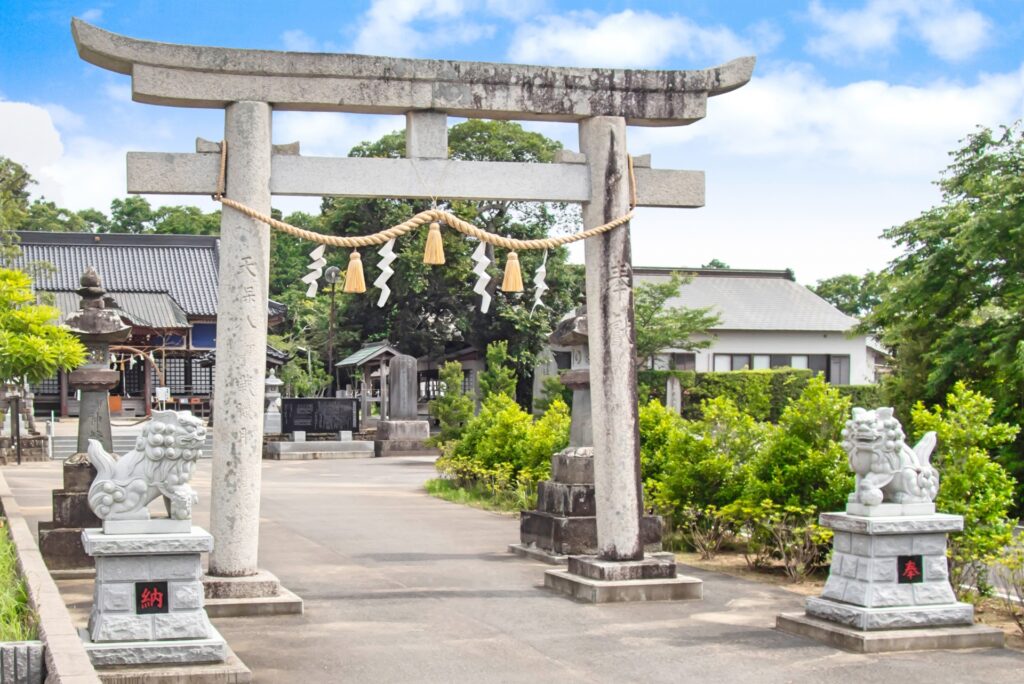
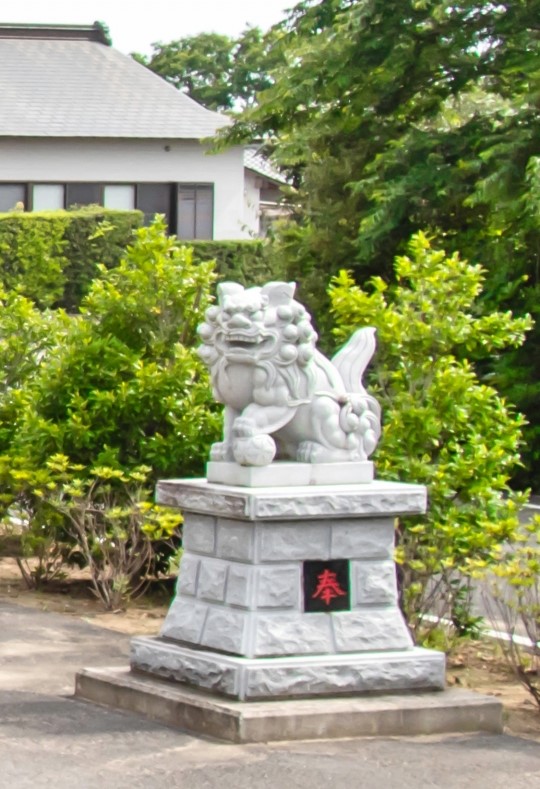
They are mythical creatures named Koma Inu (Inu means dogs in Japan). This time, let us spot their details for this page.
The history (Who are they?)
The source of the design is complicated because Komainu’s appearance is from Shi shi. It is also a mythical creature. Therefore, we need to follow back the Shi shi origin.
(The details about Shi shi are here.)
Some historians in Japan say they are from the ancient Orient (BC 3500 to AD 500).
They symbolized a Lion as the power that animal should be the origin they (historians) say?
The idea (the lion is a power symbol) influenced Egypt, India, China, and Korea. They finally came to Japan between 592 and 710, called the Asuka era. However, the appearance changed because many people in China and Korea did not see the lion physically. So, they imagined the lion from rumors and information.
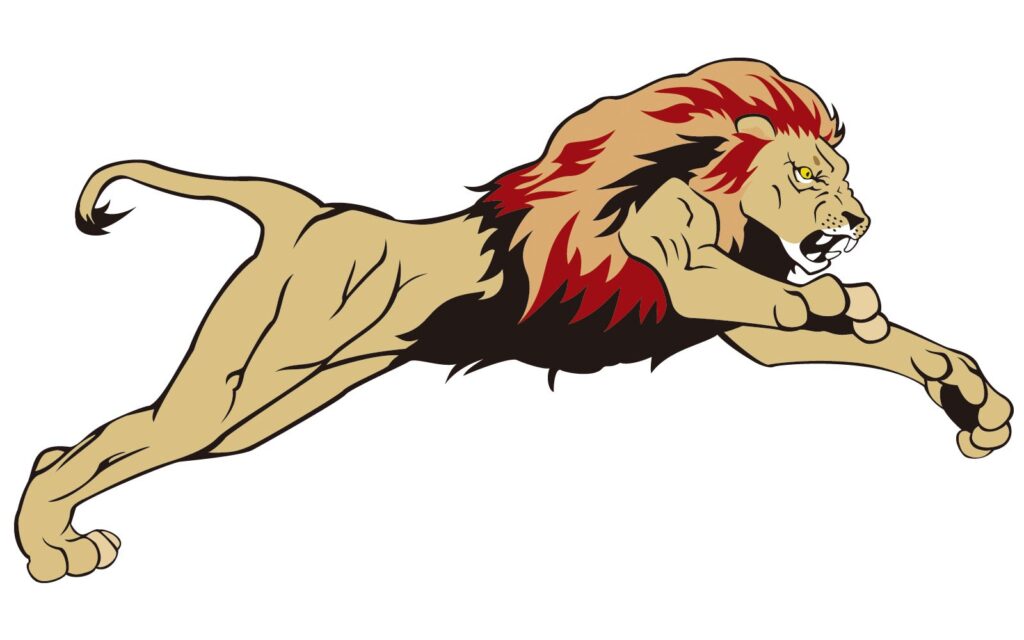
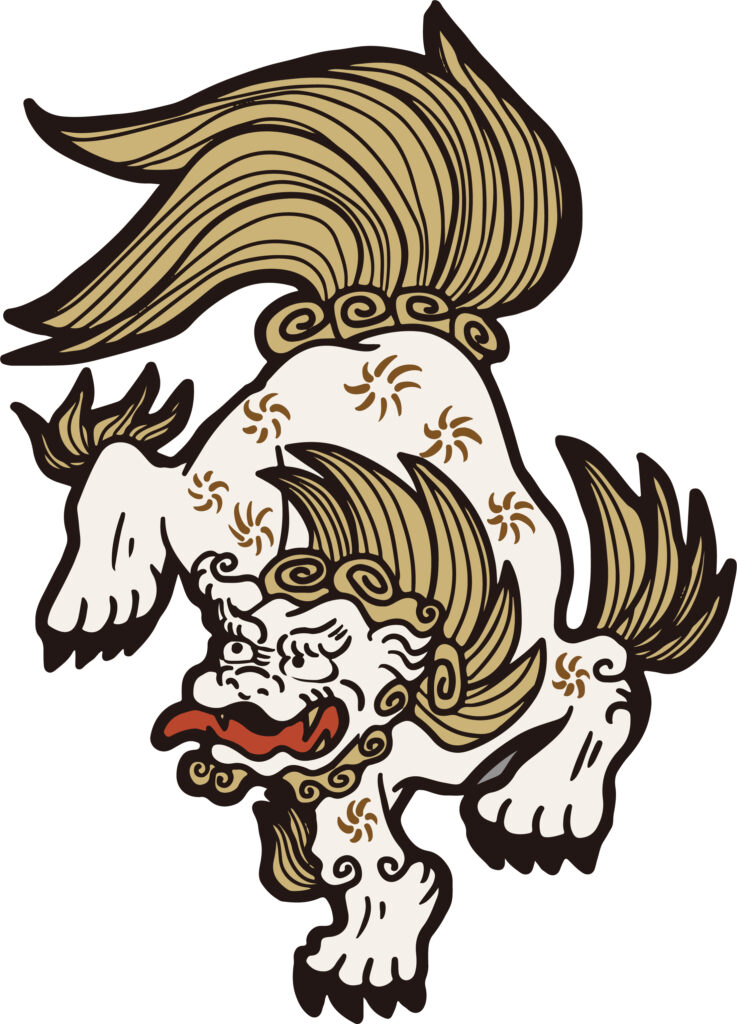
The altered form of the lion should be the origin of Shi shi (and Komainu).
One more complication, but Unique
Now, the origin of history has become a bit clearer. However, the perplexing situation is not over yet.
In the article, The Religions in Japan, we have already written about the two familiar types of religion.
They are Shintoism and Buddhism. Buddhists can worship with any Buddha or his apprentice statues. Thus, the first occasion that they (Shi shi/Koma Inu) became guardians for the entrance was in temples of ancient India.
Firstly, they belonged to the Buddhists.
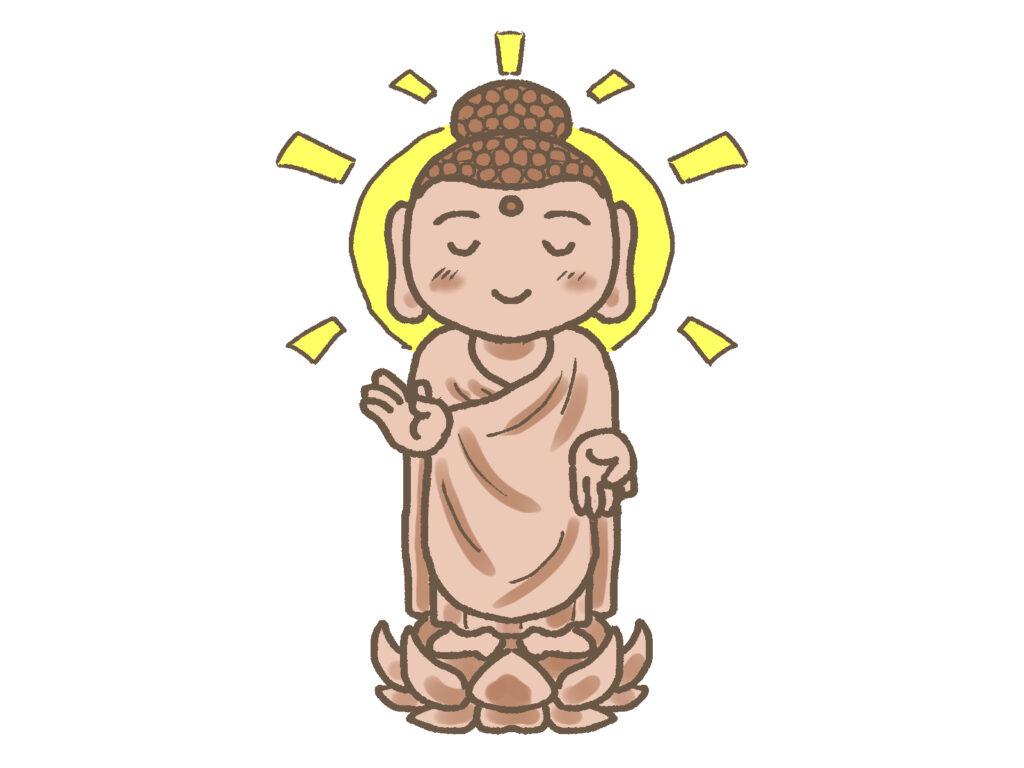
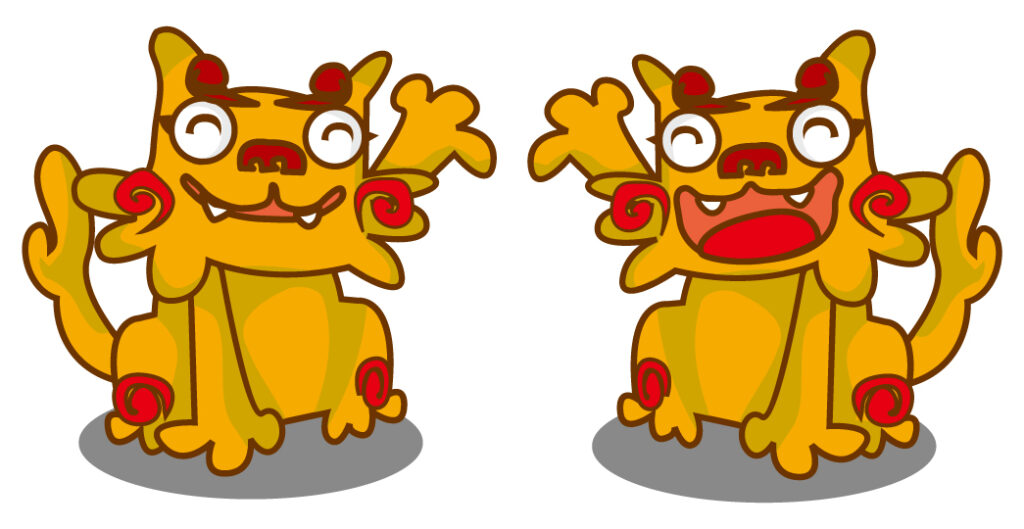
On the other hand, Shintoism does not have materialized idols for worship (except mirrors). So, it should be contradictory that the Komainu statues sit around the entrance of each shrine.
But, please come to think about it. What do you feel when you visit shrines without any symbols? It would be boring.
So, the architecture workers of shrines started to put Komainu statues as the guardians.
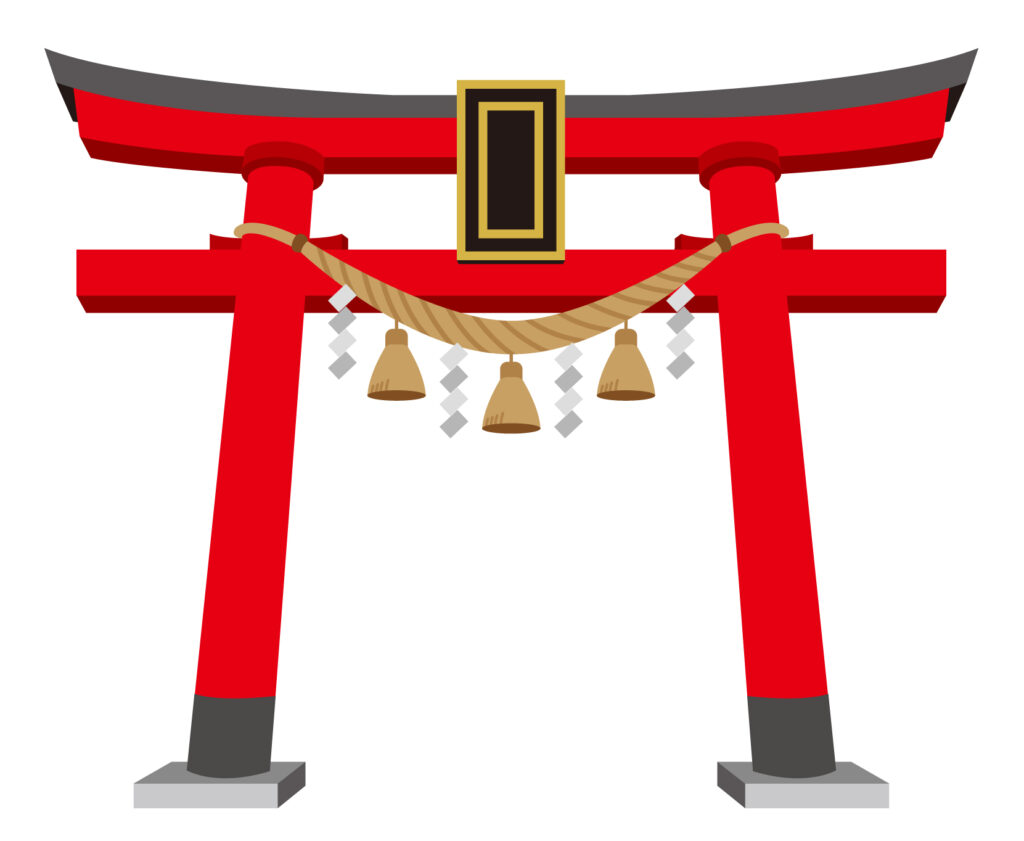

Such a change happened around the Edo era (1603 – 1868 AD). They are much younger than Shintoism was born.
Opening & shutting the mouth
So, Komainu is a pear sitting on both sides. But take a close look. As you can see, the right side shuts the mouth. On the other hand, he widely opens his mouth.
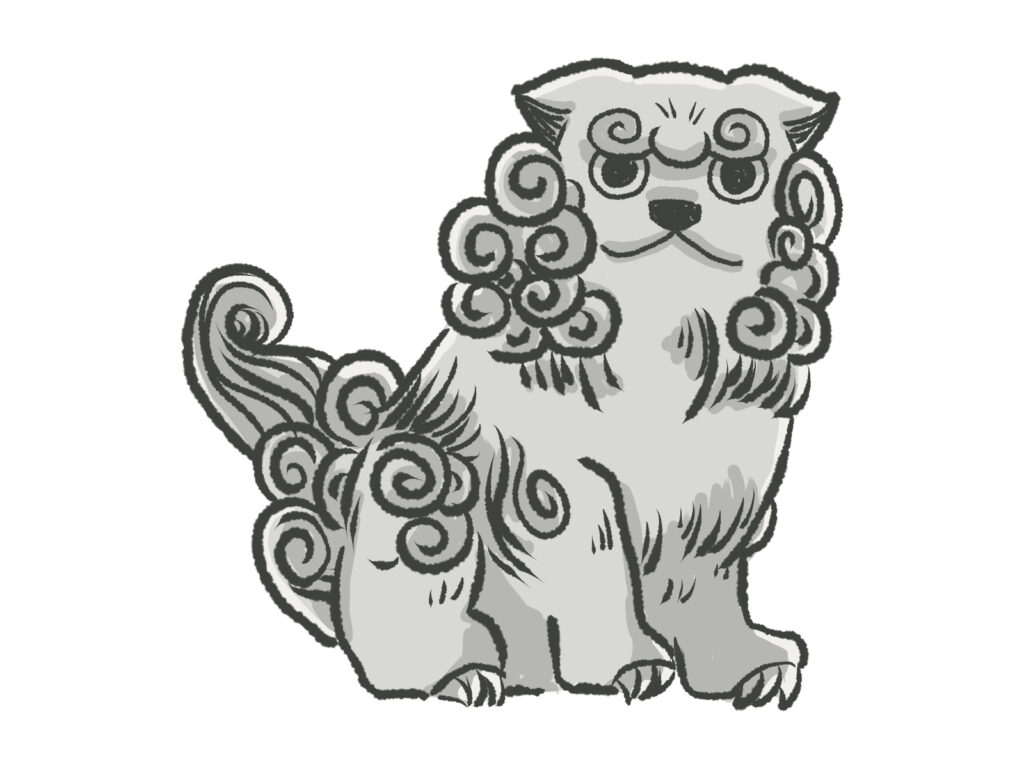
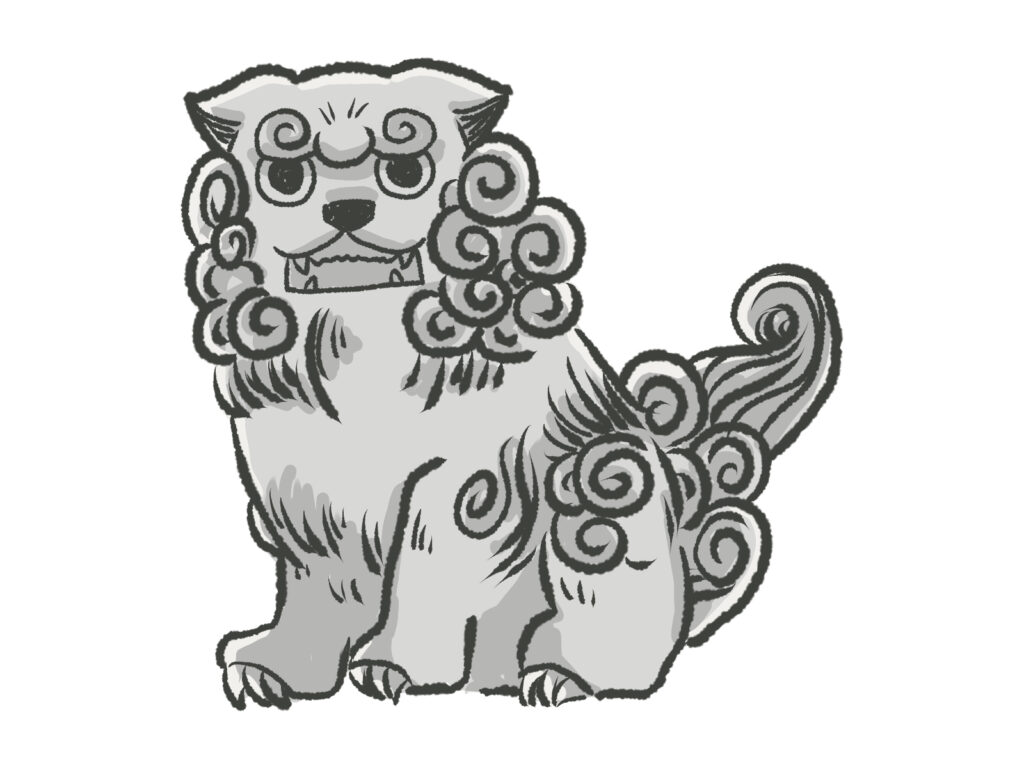
Why is there a difference in their faces?
It is also concerned with Buddhism again. The lesson says.
Everything (Fate/incidents/karma) has a cause and result. Thus, accept anything to release any suffering and free our souls.
(If you want to know about it, please check this article.)
Therefore, some statues in temples usually express the lesson with their mouth.
Opening it means Cause (Start/Say something). Then, Shutting means Result (End/Listening to something from the cause). That is why the emotion on the face is different.
There is one more. Such a pear statue with the mouse is called A Un (it sounds like A and N).
What does that mean?
So, try to imitate them with your mouth.
Indeed, saying something with the mouth open sounds like A. On the other hand, Un means shutting it like Umm.
Unique Koma Inu
If you could visit Ishikawa prefecture (Japan has 48th prefectures), you might discover the Koma Inu standing upside down at any shrine there. It looks like a dog playing with high emotion.
Strangely, such Koma Inu are only (almost) in the prefecture, and nobody knows why they do and when they were born. Some historians at least say that expresses welcoming visitors.
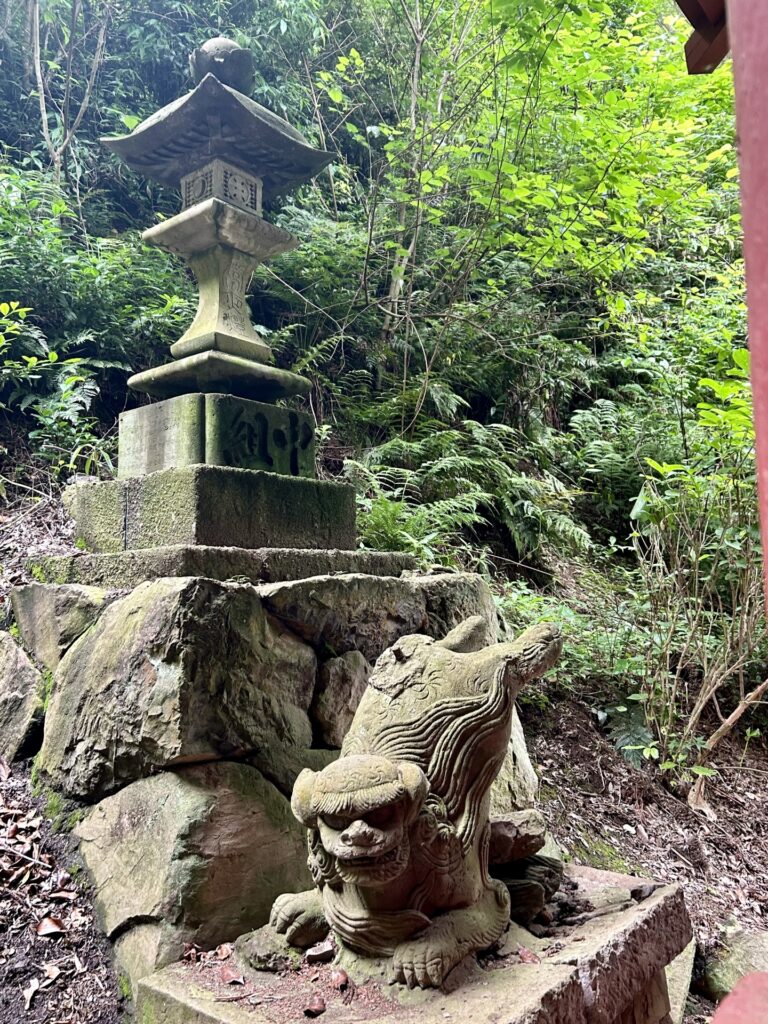
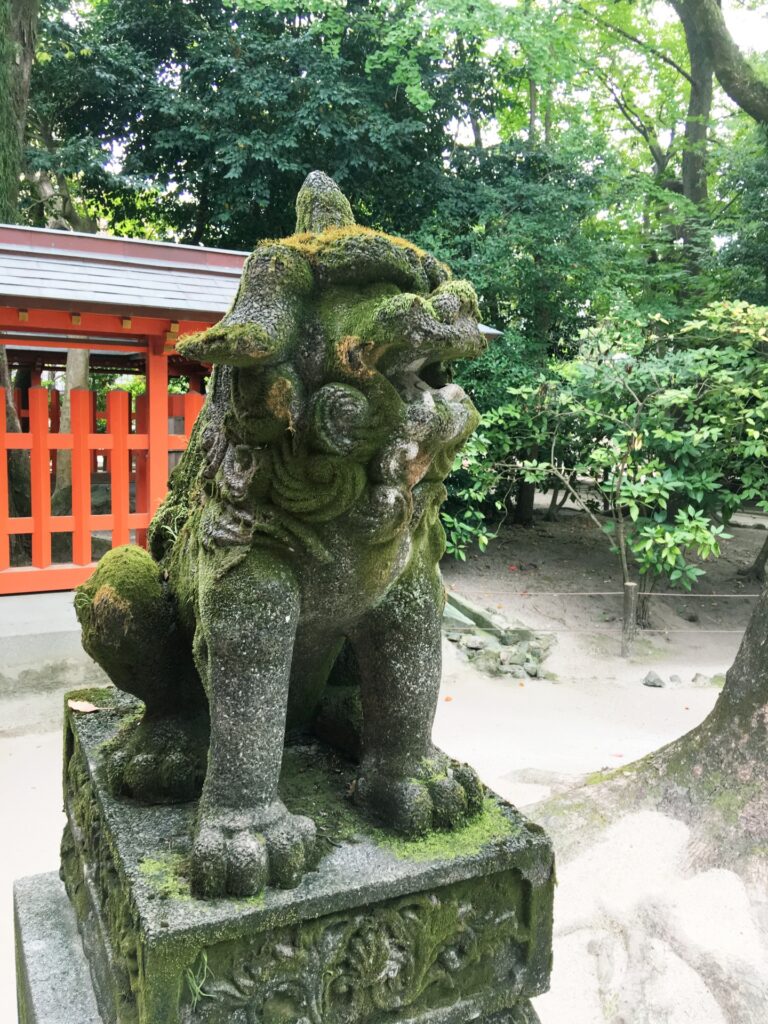
There is one more strange type. Look at the picture.
You can see him. It is like he hits himself and gets a bump, but it is a HORN.
Although we showed many pictures of Koma Inu, the original design is them. So, they first had a horn on the top of the head.
Why does the horn disappear?
It happened due to a misunderstanding rumor. It was like a message game.
Around the Edo era (1603 – 1868), the architectural workers made an effort for houses and shrines (they have the Koma Inu statues) because the era was after the civil wars.
However, some architects did not see Koma Inu physically. They heard that Koma Inu looked similar to Shi shi, the previous form/design of the Koma Inu.
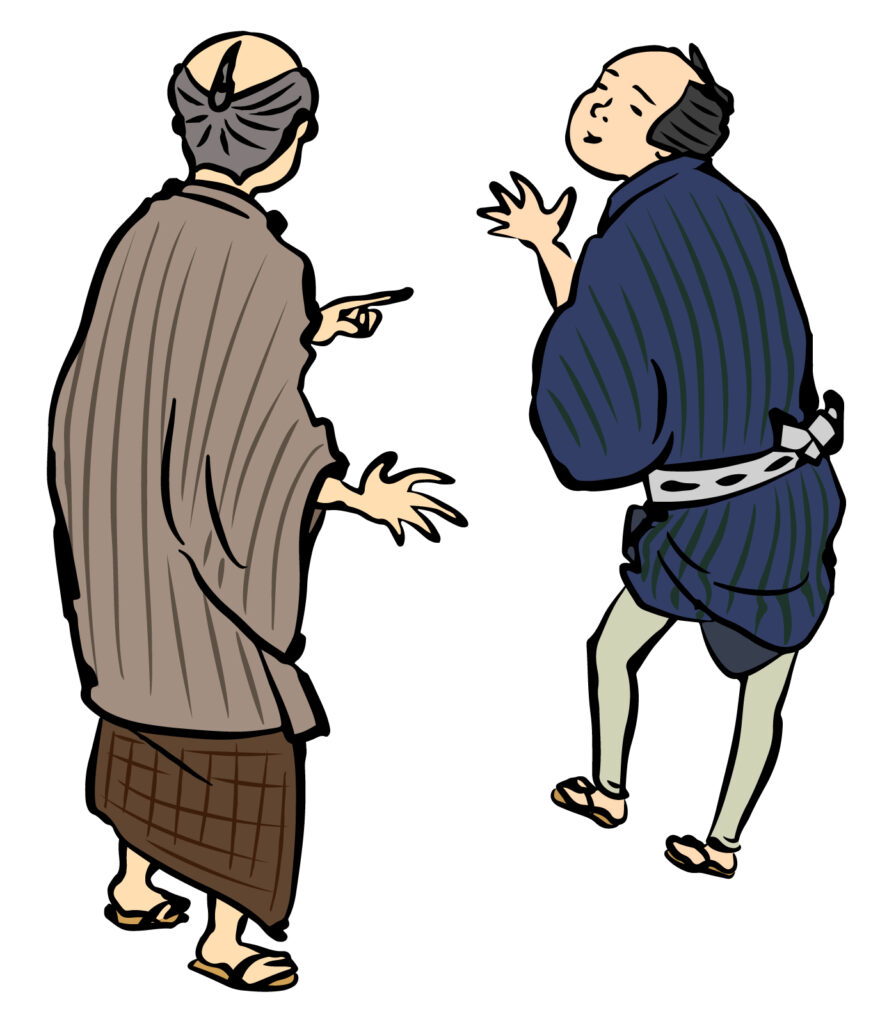
So, they constructed many shrines with the information that they do not have horns on top. It is why Koma Inu without horns is popular in Japan.
To close
It is all for this article. Thank you so much for reading!
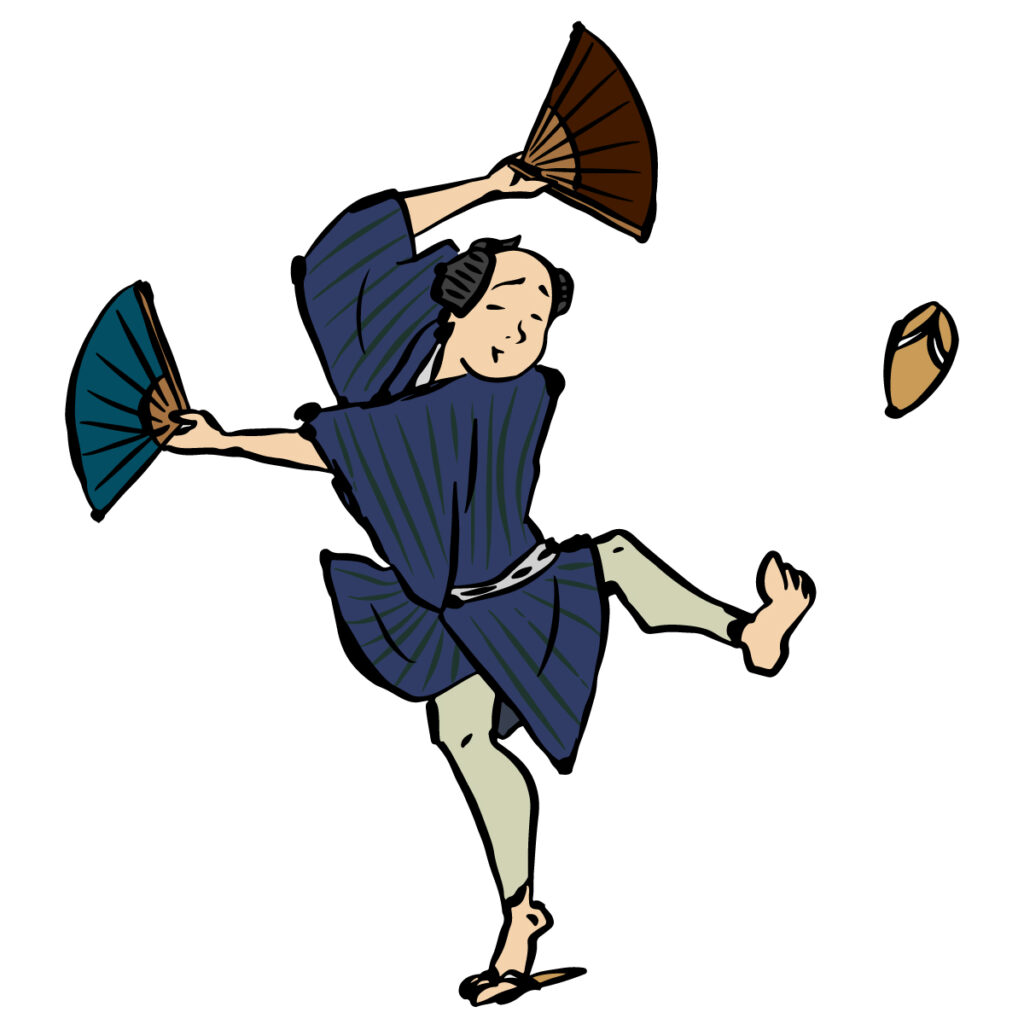
It is not yet! We have another article about Japanese uniqueness. We have the other categories about the Edo era, Japanese food, and Japanese lifestyle.
If you are still interested in them, please visit those pages!
OK now! See you soon for the next uniqueness!
